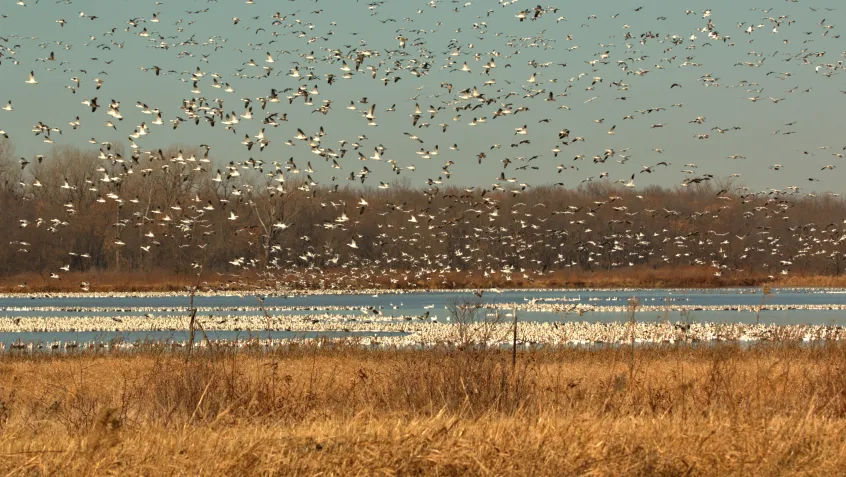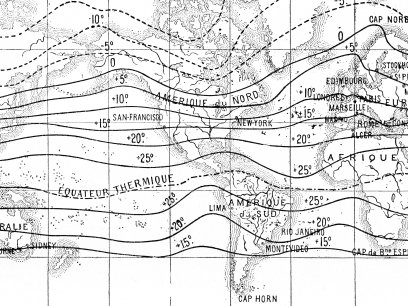
The coastlines of North America are home to a diverse array of animal and plant life, each one as unique as the individual ecosystems that support them. Even environments that may appear similar at first can be environmentally significant. For example, what is an estuary, and how is it different than a salt marsh or a mangrove?
We've provided the following quick guide to help you learn more about the similarities and differences between these coastline ecosystems, as well as the benefits they provide to local communities and the environment.
Estuaries
Think of estuaries as transition zones between freshwater and sea water. Located along coastlines, these partially enclosed water bodies form where freshwater from rivers mixes with saltwater from the ocean. If you're one of the 123.3 million people living in coastal communities (such as the Chesapeake Bay or Puget Sound areas), you probably live near an estuary.
This freshwater/saltwater mix creates a unique environment with a variety of benefits. As productive habitats for thousands of species of birds, mammals, fish, and other wildlife, estuaries gather and store a wealth of essential nutrients from both the land and ocean, containing more life per square inch than the richest Midwest farmland.
As economic powerhouses, estuaries facilitate shipping and transportation, tourism, fisheries, and recreational activities. As protective buffers, estuaries protect water quality, prevent erosion, stabilize shorelines, and buffer many upland habitats and coastal communities from the impacts of coastal storms, floods, and sea level rise.
Salt Marshes
Usually located near estuaries, salt marshes are spongy areas with water content ranging from freshwater to salt-saturated. Affected by high and low tides, marshes boast an extremely diverse marine life and provide homes to reptiles and birds. They're rich in natural resources thanks to their self-sustaining cycles of decay-food-fertilizer that benefit the food chain.
As coastal habitats, marshes play an important role in healthy fisheries and shorelines, providing both cultural and economic benefits. Serving as vital shelter for birds, the diverse salt marsh plants also provide food for marine life. In fact, according to the National Oceanic and Atmospheric Administration, they offer essential food, refuge, or nursery habitat for more than 75% of fisheries species. Plus, by buffering waves, trapping sediment, and absorbing rainwater, marshes help prevent coastline erosion, protect water quality, and reduce flooding.
Mangroves
Located in the intertidal zone of tropical coastal areas and estuaries, mangrove trees cannot grow in areas with freezing temperatures. Like marshes, nutrient-rich mangroves provide shelter and nourishment to their habit residents, including fish, crabs, shrimps, manatees, sea turtles, and hundreds of bird species that migrate and nest in mangrove forests.
Thanks to their dense tangle of roots and leaves, mangrove trees help filter out salt, replace lost sediment, and lessen the impact of waves, thus protecting shorelines from erosion and storm damage. This mass of roots (visible above water) enables mangroves to manage high and low tides every day.
Sources:
- Marine Bio. 2019. “Estuaries, Salt Marshes & Mangroves.” Accessed December 11, 2019. https://marinebio.org/oceans/estuaries-salt-marshes-mangroves/
- NOAA. 2019. “What is ˜mangrove” forest' Accessed December 11, 2019. https://oceanservice.noaa.gov/facts/saltmarsh.html
- NOAA. 2019. “What is a Salt Marsh?” Accessed December 11, 2019. https://oceanservice.noaa.gov/facts/saltmarsh.html
- US EPA. 2015. “Basic Information about Estuaries.” Accessed June 3, 2016. https://www.epa.gov/nep/basic-information-about-estuaries#whatis.


